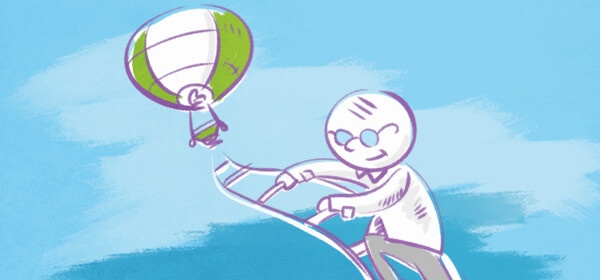

You may have heard that Facebook organic reach is dead.
Unhappy marketers cite many frustrations:
- Facebook is pushing paid advertising (instead of organic posts) in order to dig deeper into your advertising dollars
- Social media advertising is a silly way to invest your marketing budget in the first place
- Nobody is buying stuff on Facebook -- so why bother?
- Facebook has it rigged so the more fans you have the less reach you get
- Facebook's News Feed algorithm penalizes legitimate marketers, making organic reach impossible
Do you believe the critics? Or do you believe the millions of other businesses who claim Facebook is THE place for social media marketing?
While there’s no silver bullet to magically multiply your brand's Facebook organic reach, there are ways to stop it from falling and fix it FAST.
These ideas are fundamental principles, but don't let their simplicity fool you. You may already know them -- but are you using them?
Join me for a quick look at how you can get your organic reach numbers back on track and ahead of the pack!
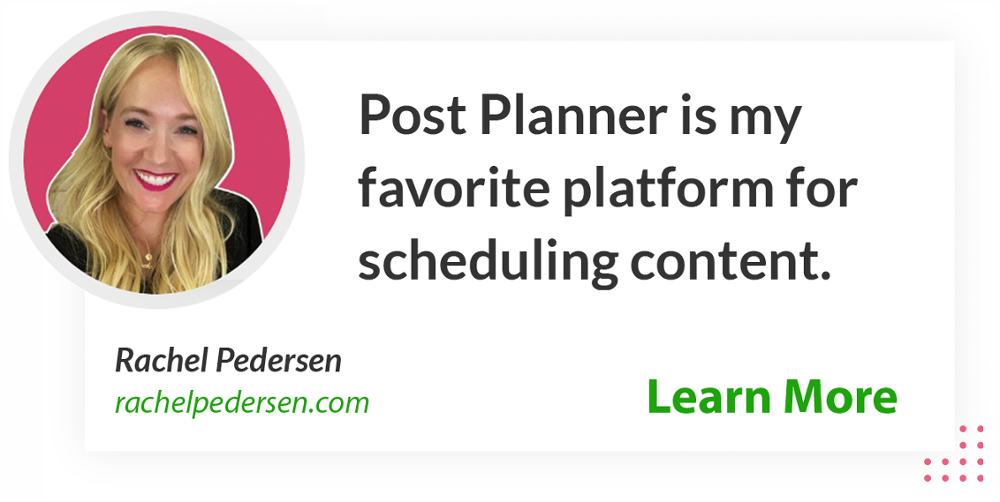
Why Your Facebook Organic Reach Is Still Falling And How to Fix it FAST
1. Consider your content
This is the simplest, most logical, yet least followed rule of digital marketing: Create great content and they’ll come.
It works for websites. It works for display and PPC ads. It sure as hell works for social media.
This is true EVEN if you assume all Facebook cares about is your ads and the millions of dollars it makes out of them.
Think of it this way: Facebook offers entertaining and engaging content to its users. Just like NBC or CBS, Facebook needs ad revenues to survive and be able to support great programming,
Trouble is, they don’t create their own content. So where do they get it?
From you!
When you post interesting, engaging material, Facebook WANTS to promote it and showcase it on your fans’ News Feeds to keep them engaged.
Evergreen content is a sure-shot contender for high organic reach via Facebook. I'm talking about how-to guides, case studies, best practice guides and more.
Check out Graham Charlton's article showcasing 14 examples of evergreen content formats to help propel your organic reach.
Facebook will love you for it!
2. Time it right
Once you've prepared or discovered some awesome content Facebook is going to promote in the News Feeds, when should you post it?
Logic and popular wisdom say you should target time periods when the largest chunk of your fans are online -- RIGHT?
Maybe not.
Your competitors also target those same slots... hoping to reach the same audience. That means the chances of your posts being visible at peak hours are actually LOWER than they are during non-peak hours.
We're looking for Facebook organic reach -- not logic -- so stick with me here.
Jon Loomer found that only ONE out of the top 10 organic reach Facebook posts was launched during peak hours.
In his study, the most popular post (for Facebook organic reach) was actually shared at 1:20 a.m. How's that for logic busting?
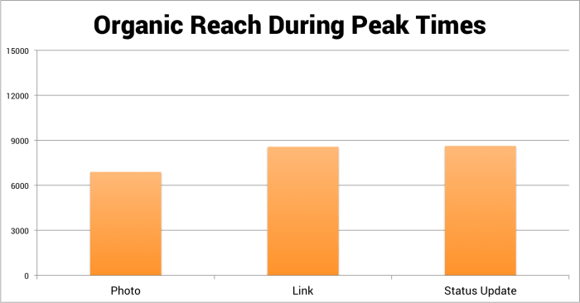
The takeaway here is huge: Don't live rigidly by the rules in your social media marketing. Experiment with your options and zero in on what works best for the brand or brands you support.
Always consider YOUR OWN DATA before jumping on anybody else's bandwagon. What works for others may not work for you and your clients.
>> Click to Tweet <<
3. Choose quality over quantity
Another old wives’ tale we hear a lot about among social media circles encourages brands to post truckloads of content consistently.
The logic here is that high post volumes give you a better chance of organic reach. Facebook is sure to choose 1 of your 100 posts!
The reality is quite different: too much content can result in user fatigue.
Your highly-engaged users will see most of your posts without the need for extreme measures. Others will feel like you're inundating them with your brand's messages – something bound to irk the average Facebook user.
Too much content will very likely result in fans “un-liking” your Page, causing you to lose ground. The potential organic gain is not worth the risk.
This is so important that it ranks #1 on Facebook's list of what NOT to do. For organic reach, Facebook determines whether your new posts show on your fans’ timelines based on the engagement generated by your earlier posts.
If you're tempted to carpet bomb to increase your chances, go back and take another look at Step #1. Opt for quality posts over ginormous quantities of posts. Always.
4. Dig into analytics to discover content that clicks
Every few months there's a new favorite among the content types that social media mavens recommend. In 2013 it was image-based content.
Stunning images, memes, image quotes, infographics and the like ruled the roost.
Last year, video was the hot favorite across social media platforms.
2015 seems to be the year of selfies, with apps like Dubsmash and YouCam being all the rage.
You want to be in the know, but following content trends blindly can get your posts lost in a deep pile of clutter.
Instead, dig into your Facebook Insights page and find out what works specifically for your fans. Identify the most popular themes and create more of that.
You don't need to worry about pleasing the crowd. Focus on YOUR AUDIENCE.
Facebook’s EdgeRank algorithm ensures users are shown post types they have liked or interacted with in the past.
This means that if image posts have seen huge success among your audience, your next image post would be more likely to surface organically on your fans’ News Feeds (as compared to a less popular post).
>> Click to Tweet <<
5. Use ads to grow Facebook organic reach
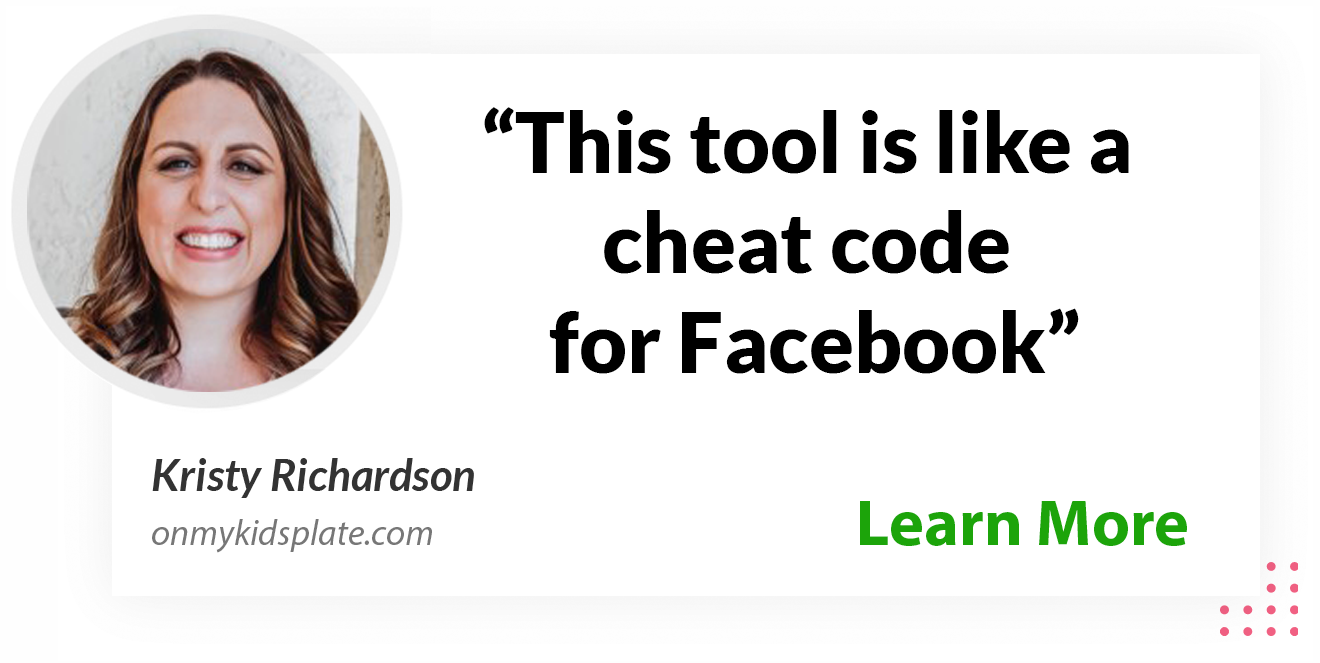
While it may be true that Facebook organic reach is falling, it’s also important to realize that Facebook is a marketing platform, not a college dorm noticeboard where you can pin as many ads as you want for free.
If you want visibility and conversions, you'd better be prepared to spend some cash -- just as you would on any other marketing platform.
The best part here, is that advertising on Facebook actually pays off. According to the founder of video streaming app Shufflr, their own launch campaign showed some promising results for Facebook ads:
- Facebook cost-per-click (CPC) was 10-15% lower than AdSense
- Facebook ads returned 20% higher conversions than AdSense
Facebook ads can be leveraged well by a canny marketer. Use them to work a foot in the door for growing your organic reach. Facebook will love you for it!
When users respond to your ads -- whether by clicking through to your website or liking your Page -- they are engaging with your brand. Any form of engagement counts as a vote of confidence in your favor (referred to as “affinity” in Facebook EdgeRank lingo).
This warm glow rubs off on your organic content, making it more desirable. Your Facebook organic reach gets a nudge upwards, and your next post stands a much better chance of showing up on your fans’ News Feed.
The bottom line: Productive Facebook ads can be leveraged into higher organic reach.
>> Click to Tweet <<
6. Display social sharing options prominently on your website
Hours of testing and reams of web content are dedicated every single day to optimizing websites for search engines.
Granted, getting found on the first page of search is a BIG DEAL. But how about optimizing your site for social media one of these days?
Go beyond sticking a few social sharing buttons on your site and being done with it, though.
What you really need to figure out is where your social media buttons should go to make them most noticeable and most convenient for your visitors and prospective clients.
The logic behind social sharing buttons is simple: When visitors like something and share it on their social networks, your content becomes automatically visible to their family and friends.
The fact that a friend liked or shared the content gives it huge Facebook credibility, compelling other Facebook users to click on it and check it out.
Hello!
Facebook organic reach!
Garrett Moon cited unofficial research saying nearly 20% of Twitter traffic for publications like Mashable, CNN, Bloomberg, etc. comes from Tweet buttons on their websites.
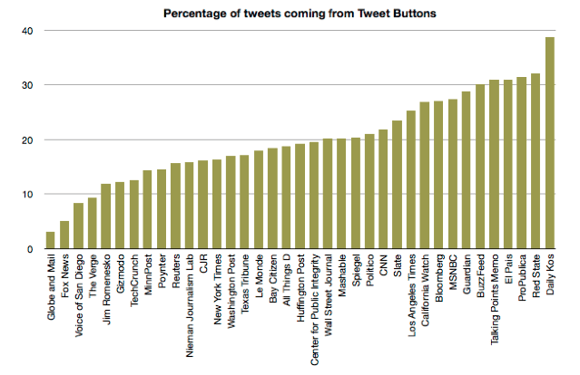
Why not make this work for Facebook too?
Here are some of Garrett's tips on where to place social sharing buttons for maximum results:
- Make sure your buttons are prominent and can be easily spotted by your users
- Use high visibility zones like the top of the page and left margins
- Place share buttons close to the content where they are sure to be noticed
- Don’t overload your site (and slow load time down) with too many social sharing buttons
Just as you should look to your own analytics to determine the best times for posting, you need to find the placement of social sharing buttons that works best for YOUR website (both desktop and mobile).
7. Ask your fans to set up notifications.
A little while ago, Facebook updated their News Feed algorithm to weed out low quality or spammy content. One of the spammy-type posts Facebook explicitly identified and struck down was “Like-baiting."
Like-baiting (the practice of asking Facebook users to like or share your posts), is employed by brands in a bid to get free organic reach. Facebook now says asking for likes and shares can get you blacklisted!
What you CAN DO to become more visible to your audience is ask them to set up News Feed notifications -- a practice Facebook encourages.
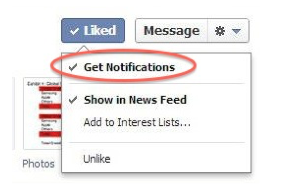
Here's how it works, straight from the Facebook Help Center:
- Go to the person's profile or Page
- Click Friends or Liked
- Click to check Get Notifications
It's certainly permissible for you to ask fans to take these steps -- but it's something you can expect from a user only when you consistently publish great content your fans love and want to share anyway.
And once your fans do start requesting notifications from your Page, you'll get better Facebook organic reach -- especially if you're utilizing the other 6 Steps!
It's a true win-win situation.
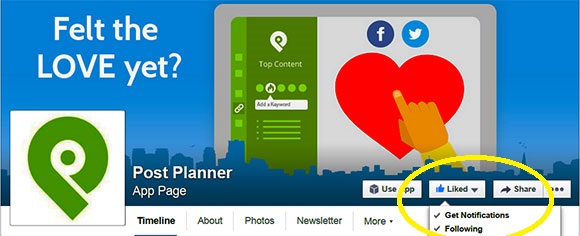
Why Your Facebook Organic Reach Is Still Falling And How to Fix it FAST
Facebook may have started life as a college network operating out of a Harvard dorm room, but it's now a legitimate marketing platform that no brand can afford to ignore.
With over a sixth of humanity on their membership base, Facebook has rightfully earned the power to redraw the lines in the sand. Criticize Facebook if you will, but the platform can be crucial to your branding efforts.
Instead of crying and moaning about falling organic reach, why not play by the rules of the game? That's what winners do -- and Post Planner customers are definitely ALL winners!
Put these 7 steps to work and I KNOW your're going to reach more people more often... guaranteed.
Do you see a step I've missed? Is there an 8th piece to the Facebook organic reach puzzle? Comments are open... let's talk!
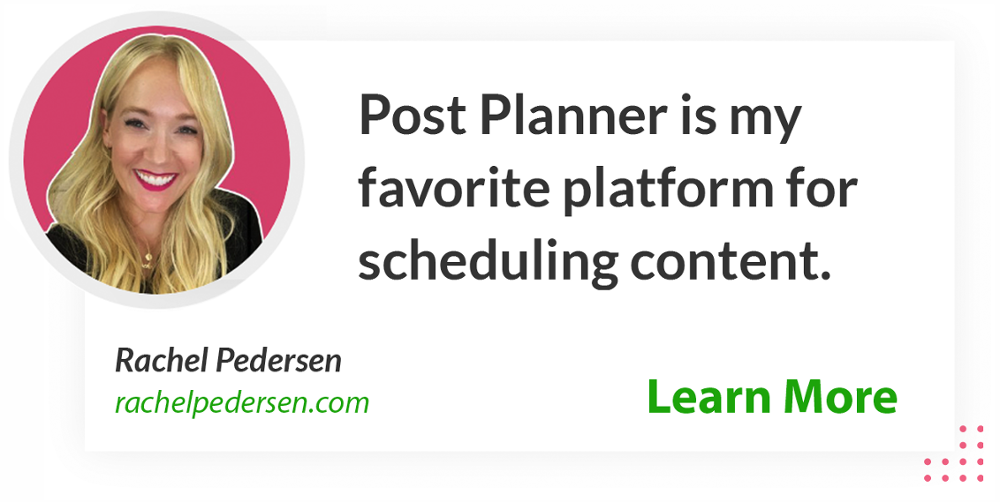







ViewHide comments (5)